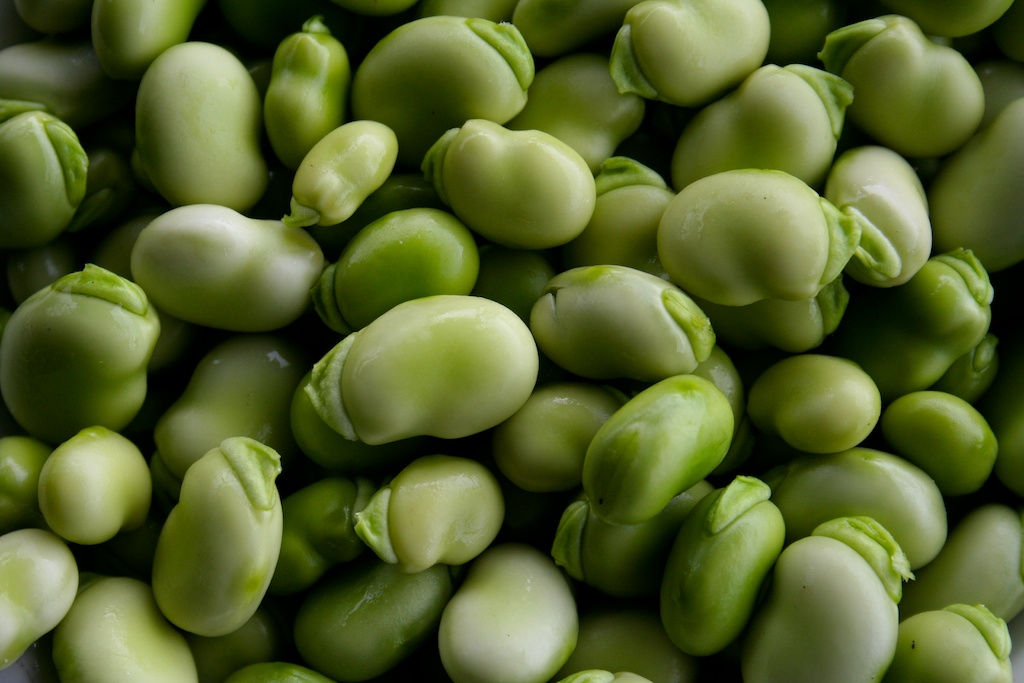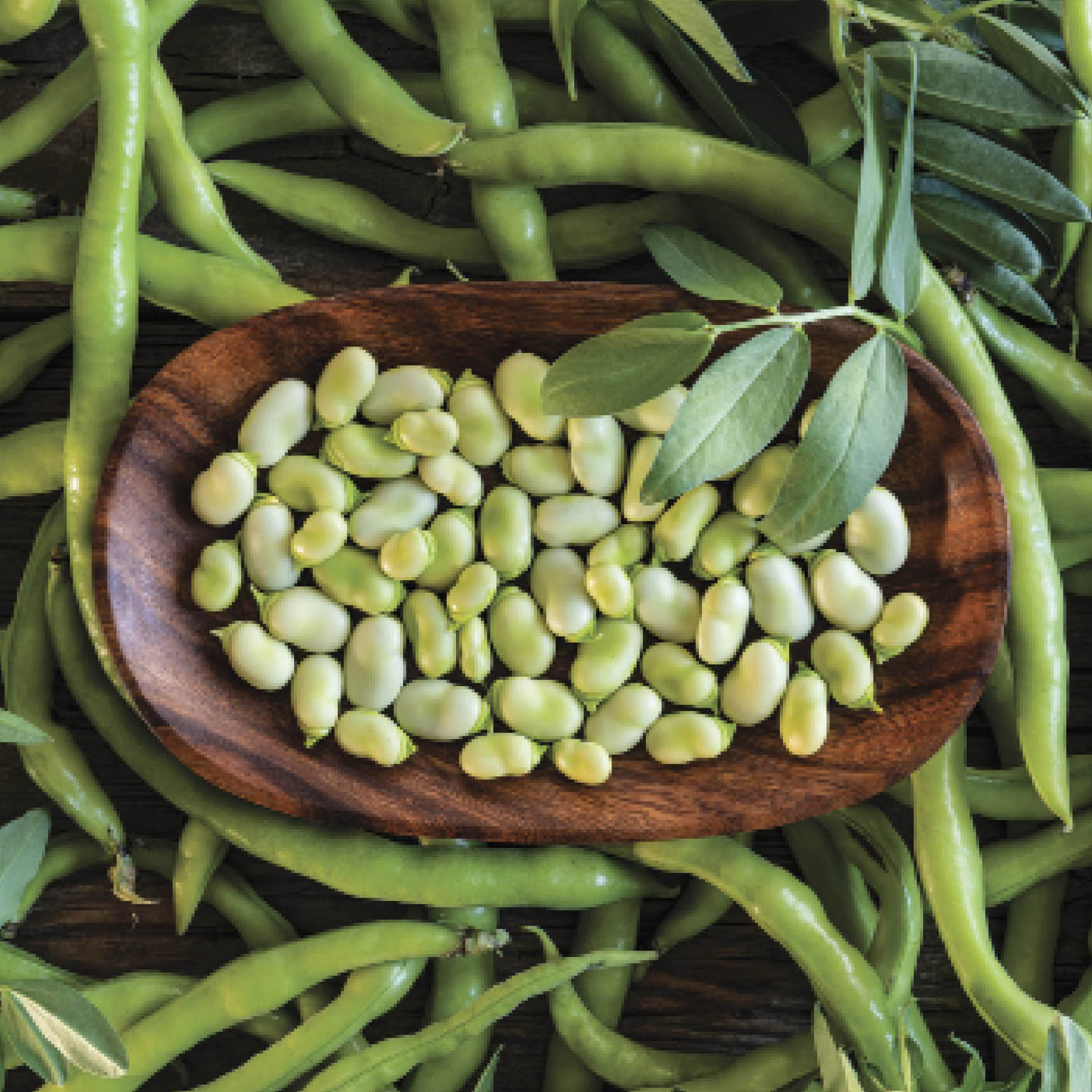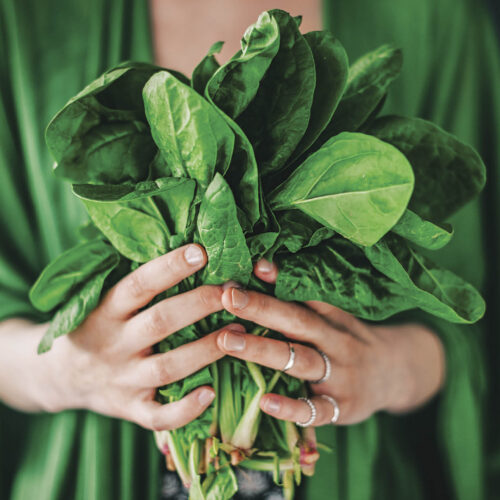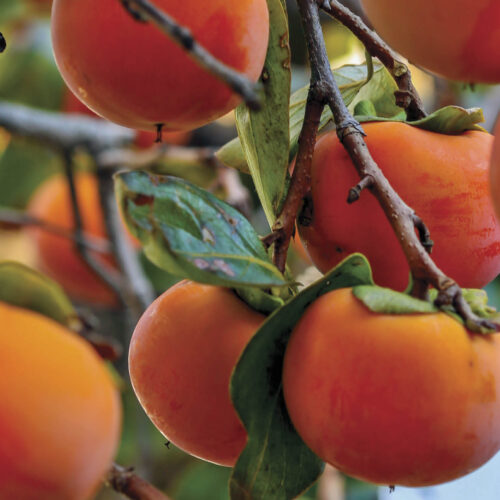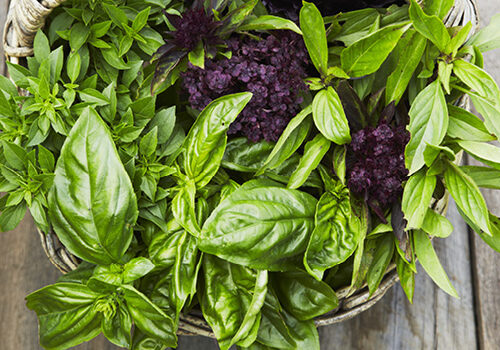Broad bean harvesting
2017-10-22T02:01:53+11:00
Broad beans are delicious, good for the soil and easy to grow. They can be planted from autumn to spring in most regions of Australia.
It’s broad bean picking time and I couldn’t be happier, they are one of my favourite vegies and truly seasonal. You just don’t see them at other times of year. I’ve played around with planting them a bit earlier and bit later to try to extend the season but have found that June is the best time to plant them in my garden. There are several different cultivars, so choose one that suits your needs or even your preferred flower colour. There are crimson and chocolate-flowered cutlivars, as well as Aquadulce with black-and-white flowers. You can also try Tripoli with extra large pods, and Coles Dwarf, lower growing and ideal for less sheltered, more windy conditions. Scarlet Cambridge has scarlet purple beans with green pods.
How to grow broad beans
Broad beans (Vicia faba) are also known as fava beans and can be planted from autumn to spring in most regions. They grow best in well-drained soils with a pH around 7 (neutral or slightly acid or alkaline). Dig lots of organic matter, such as compost or well-rotted manure, into the soil. Don’t overdo the nitrogen, or you will have excessive leaf growth and few flowers or pods.
Soak seeds overnight in dilute seaweed extract (1 tsp to 1L) and plant about 20cm apart in blocks. Smaller-growing cultivars are bushier so need to be a bit further apart. I put solid, tall reo wire down two sides of the bed and then run string along the ends. This helps to support the plants and stops them from being blown over, but still allows access for harvest. Water the seeds well but don’t water again until they are growing vigorously.
Harvesting broad beans
Once the sweetly scented flowers appear, the beans will quickly follow. Sudden temperature changes and lack of water may delay flowering and fruit set. Planting to harvest is about 4 months, but once beans start to appear you will have at least a couple of months fresh delicious beans.
They can be harvested and eaten small, pod and all, or left to mature and just the beans eaten. Many recipes call for the individual beans to be peeled, but this is not necessary if the pods are harvested while the beans are still young and tender.
Similar to other beans, peas and plants in the leguminosae, broad beans are able to harvest nitrogen from the air and with the aid of bacteria convert it into a form that can be used by other plants. So once the beans have finished producing, dig the plants and roots back into the soil to add nitrogen for the next crop. Water well and leave for a few weeks to rot.

